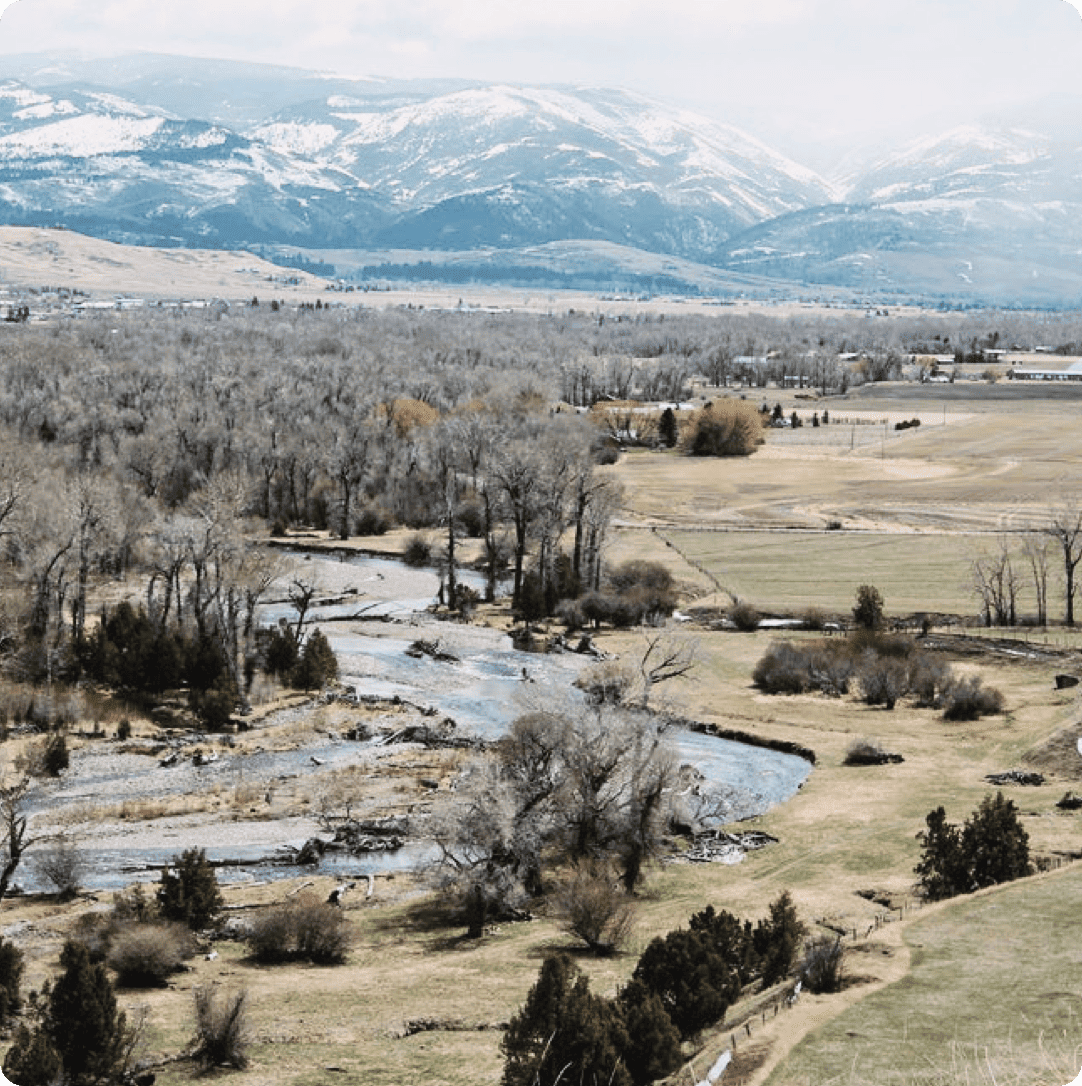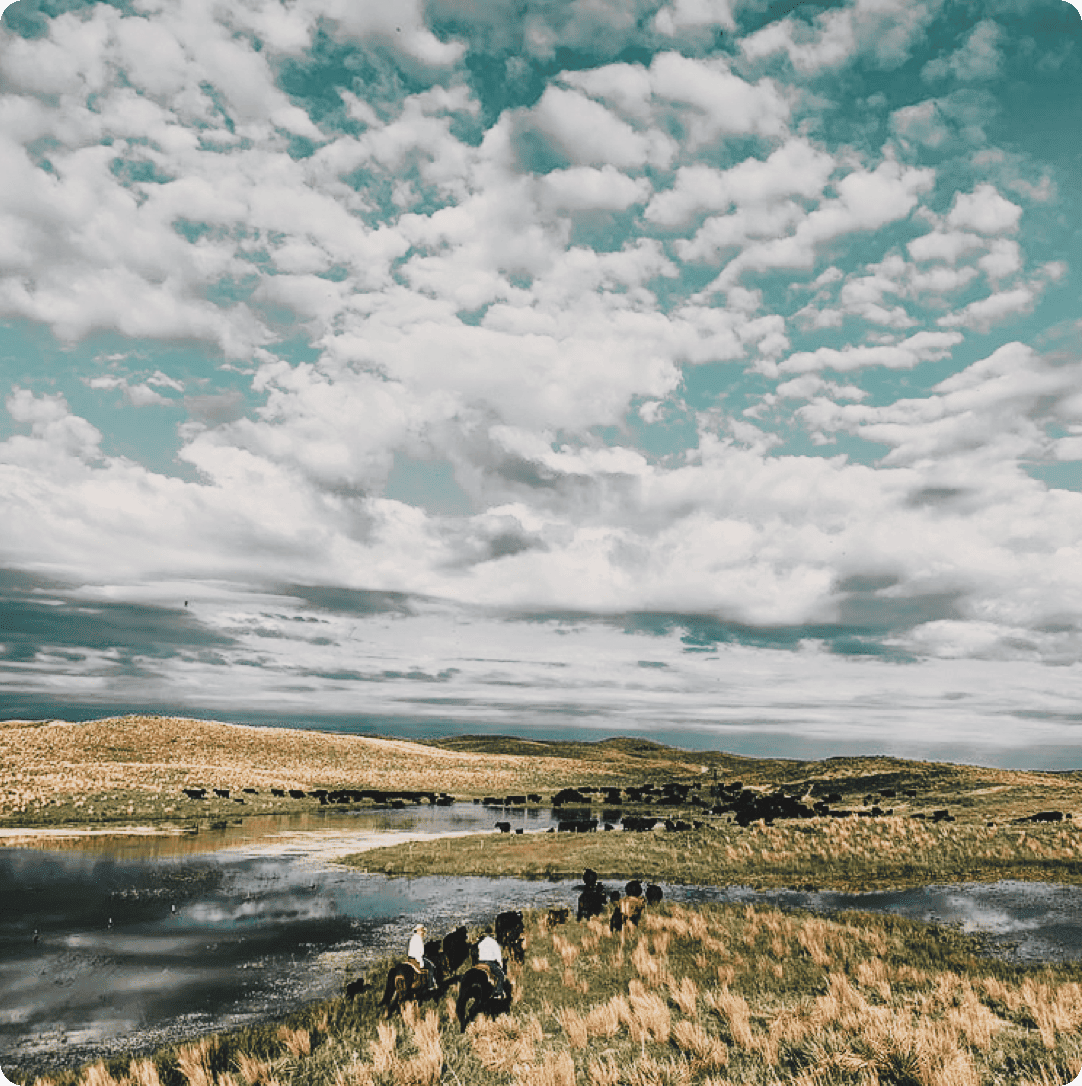Book your next North Dakota Turkey 50 hunt with LandTrust, the best way to hunt private land.
Unit 50
Unit 50 covers six counties in northeastern North Dakota feature a mix of flat to gently rolling terrain, with expansive prairies, wetlands, and river valleys that provide varied habitats for wild turkeys. The Red River and its tributaries, including the Pembina and Goose rivers, create fertile riparian corridors with trees and shrubs that offer critical nesting, roosting, and foraging sites for turkeys. These counties' abundant wetlands, grasslands, and wooded draws provide diverse food sources, such as seeds, berries, and insects, which support turkey populations. While much of the land is open prairie and farmland, areas near river valleys and wooded patches offer necessary cover for turkeys, who prefer a combination of open foraging space and protected roosting sites. The overall turkey population in these counties is still relatively small but growing, particularly in areas where the natural features provide suitable habitat. The combination of river valleys, wetlands, and forested areas in these counties makes them an ideal environment for wild turkeys to establish and expand their population.
Season Info - 2025
Wild Turkey, spring and fall
Fall Wild Turkey
Discover More
- North Dakota Whitetail Hunting Units
- North Dakota Partridge Hunting Units
- North Dakota Turkey Hunting Units
- North Dakota Antelope Hunting Units
- North Dakota Elk Hunting Units
- North Dakota Duck Hunting Units
- North Dakota Pheasant Hunting Units
- North Dakota Waterfowl Hunting Units
- North Dakota Mule Deer Hunting Units
- North Dakota Grouse Hunting Units
- North Dakota Moose Hunting Units

